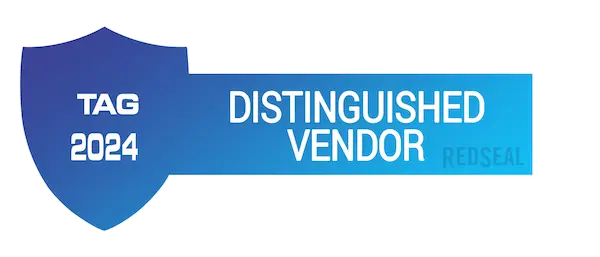Written By Nate L. Cash, RedSeal Senior Network Security Engineer
A house is only as strong as its foundation. You want to ensure that water can’t enter your foundation, or it will compromise the strength of the house. In technology that foundation is your network and hackers are the water. Like water, hackers will slowly and methodically test your foundation. As they carefully look at the perimeter of your foundation to find a place to get in, they’ll find your cracks and nooks. And, once hackers are in, they will cause damage.
RedSeal’s platform provides a good way to test and check the foundation of your network technology stack automatically. It compares your device configurations with industry best practice guidelines to ensure that your foundation is solid. Whenever you import devices, RedSeal will compare their configurations with these guidelines and flag those that need to be remediated.
When they first start this process, most of our customers feel overwhelmed by the number of devices that need remediation. This points to an easily fixable process problem. Begin by updating any centralized configuration templates for your devices. You are using one, right? If not, a centralized configuration template is a baseline. It’s a checklist to ensure that all network devices are configured with the same basic security configurations. You start here because you don’t want to keep adding devices to your network that don’t comply with industry best practices.
“The man who moves a mountain begins by carrying away small stones.”- Confucius
Next, pick out some easy wins. For example, enabling Secure Shell and disabling telnet. These have low network impact, but high security value for your organization. Knock out these configurations first. Our customers choose to run reports between analysis, so they can follow along as the number of failed devices go down and passed devices go up. Note – this is a fantastic reporting metric to use because it shows a quantifiable decrease in risk. You’re patching and fixing cracks in your foundation.
I’ve saved the best part for last — RedSeal custom checks. If you’re passionate about securing your organization, ensuring your foundation is free of cracks, then you know the manufacturer settings are a baseline. You want to move past that bar to your own hardening standards, without adding additional overhead. This is where the RedSeal custom checks excel.
A RedSeal administrator can take your hardening standards and create custom rules that align. Every time RedSeal imports a device, it will run your custom checks alongside standard guidelines. Once the definitions are in place, it’s an automatic process. It’s a low overhead and a high value add to your organization’s security posture.
When you align RedSeal with your workflow, it’s easy to see how RedSeal will automate tasks that improve your foundational security. Comparing your devices with industry secure configurations and your own hardening standards is an automated way to ensure that your foundation is free from any cracks. Without adding a lot of overhead, it gives you the tools you and your team need to make a hacker’s job much harder.

